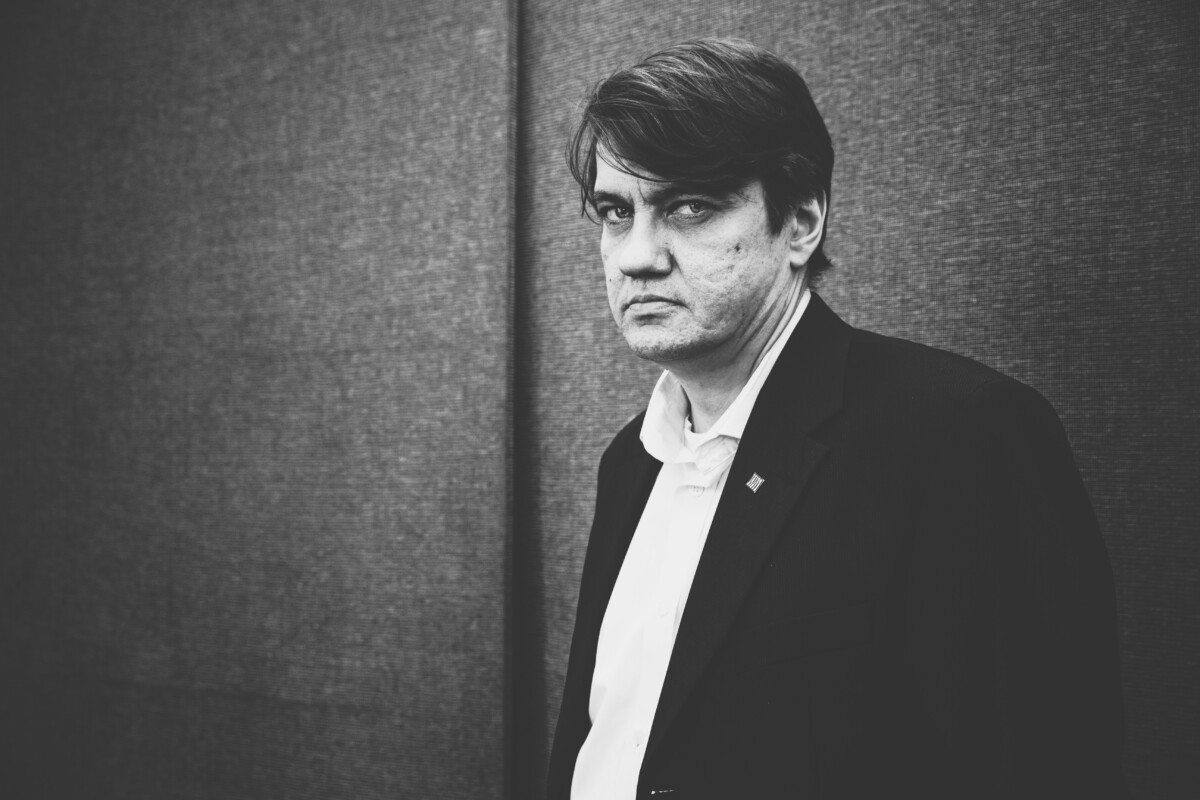Puiestee, 2018. 302 pp.
ISBN 9789949728220
Sad Little Autumn, by Mait Vaik, who is best known in Estonia as a musician, the author of countless songs, and whose earlier written work includes outstanding short prose, is a curious novel. It is, on the one hand, precise – the author’s ability to describe various states of intoxication and the hangovers that follow is noteworthy and certainly the product of first-hand experience – but on the other hand, it is seemingly apathetic and full of emptiness.
The latter is, however, not meant as criticism. Specifically, Vaik sets out to convey acutely distressing emotions, such as despair, hopelessness, ineluctability, and resignation. His characters, two fathers and two sons, two middle-aged and two younger, all find themselves in unenviable situations. One father is diagnosed with cancer; the other has been wading through the mires of alcoholism for years, and finally reaches a point where he has given up looking for a way out. One son is a “functioning addict”; the other has been thrust into a violent obsession by an ill-fated romance.
Thus, we are presented with a quagmire; one that is equally mental and physical. Its backdrop is both the solace of Tallinn’s Soviet-era apartment blocks (so familiar from, and similar to, Mati Unt’s classic The Autumn Ball) and the withdrawn carelessness of seemingly cozier new housing estates. Vaik sketches these environments in a seemingly casual, but still authentic and enjoyable way, just like he does with the weather – a predominantly gray Estonian autumn where daylight is in steady decline.
As I remarked before, the novel is full of emptiness. Nothing much happens. The men go about their depressing lives, their minds crowded with defeat. Whenever they do communicate – with women, for example – their attitudes are by and large irritable, almost or entirely unwilling to let those conversations reach what would likely be a stillborn conclusion. Another problem is the monotony of the characters’ voices. Vaik’s cacophony of narrators is likely intentional, though it requires the reader to stay on their toes to keep track of what head the author has jumped into and whose story is being told.
But the outcome? What should that be? And here lies Sad Little Autumn’s greatest weakness. An author should love their characters, but Vaik takes the path of least resistance – instead of embracing the encroaching disaster, the author snaps his fingers and their troubles disappear in a flash. Or at least become milder. You need happiness in life, as the author declares at the end. Still he glides past problems too easily and serves his characters their fortunes on a silver tray. It appears as if the author himself grew tired of the despair he was detailing and decided to wipe it all away. Nevertheless, an author is at the liberty to do just that. He is the alpha and omega, and his characters are seemingly insignificant; unremarkable. At the same time their sufferings, with which one has that much greater of an opportunity to relate to, do make the stomach churn. Perhaps they really have earned their unexpected redemption in this life.
Peeter Helme is an author and literary critic.

